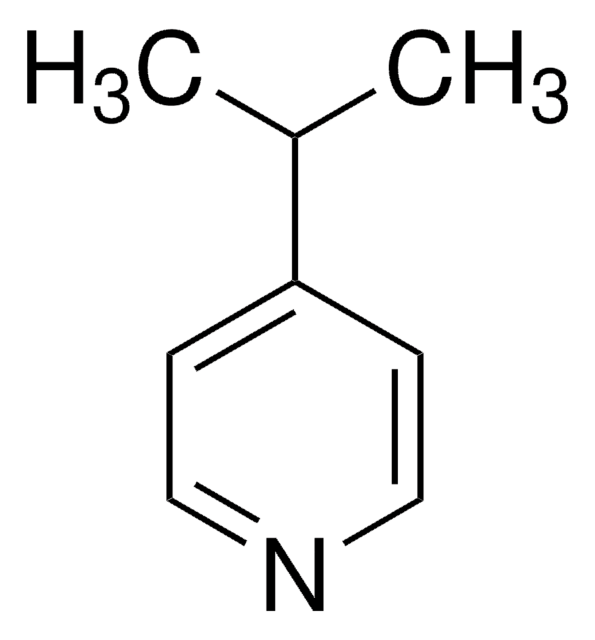W320218
Methyl 2-pyrrolyl ketone
≥98%, FG
Synonyma:
2-Acetylpyrrole, Methyl 2-pyrrolyl ketone
About This Item
Fragrance grade
Halal
Kosher
meets purity specifications of JECFA
Doporučené produkty
biological source
synthetic
Quality Level
grade
FG
Fragrance grade
Halal
Kosher
agency
follows IFRA guidelines
meets purity specifications of JECFA
reg. compliance
EU Regulation 1223/2009
EU Regulation 1334/2008 & 178/2002
assay
≥98%
bp
220 °C (lit.)
mp
88-93 °C (lit.)
application(s)
flavors and fragrances
documentation
see Safety & Documentation for available documents
food allergen
no known allergens
fragrance allergen
no known allergens
organoleptic
bread; coumarin; licorice; musty; nutty; walnut
SMILES string
CC(=O)c1ccc[nH]1
InChI
1S/C6H7NO/c1-5(8)6-3-2-4-7-6/h2-4,7H,1H3
InChI key
IGJQUJNPMOYEJY-UHFFFAOYSA-N
Hledáte podobné produkty? Navštivte Průvodce porovnáváním produktů
Související kategorie
Application
- RIFM fragrance ingredient safety assessment, methyl 2-pyrrolyl ketone, CAS Registry Number 1072-83-9.: This research presents a safety assessment of methyl 2-pyrrolyl ketone for its use in fragrances, highlighting its toxicological profile and regulatory considerations (Api AM, Belsito D, Botelho D, et al., 2024, Api et al., 2024).
Storage Class
13 - Non Combustible Solids
wgk_germany
WGK 3
ppe
dust mask type N95 (US), Eyeshields, Gloves
Vyberte jednu z posledních verzí:
Již tento produkt vlastníte?
Dokumenty související s produkty, které jste v minulosti zakoupili, byly za účelem usnadnění shromážděny ve vaší Knihovně dokumentů.
Zákazníci si také prohlíželi
Náš tým vědeckých pracovníků má zkušenosti ve všech oblastech výzkumu, včetně přírodních věd, materiálových věd, chemické syntézy, chromatografie, analytiky a mnoha dalších..
Obraťte se na technický servis.












